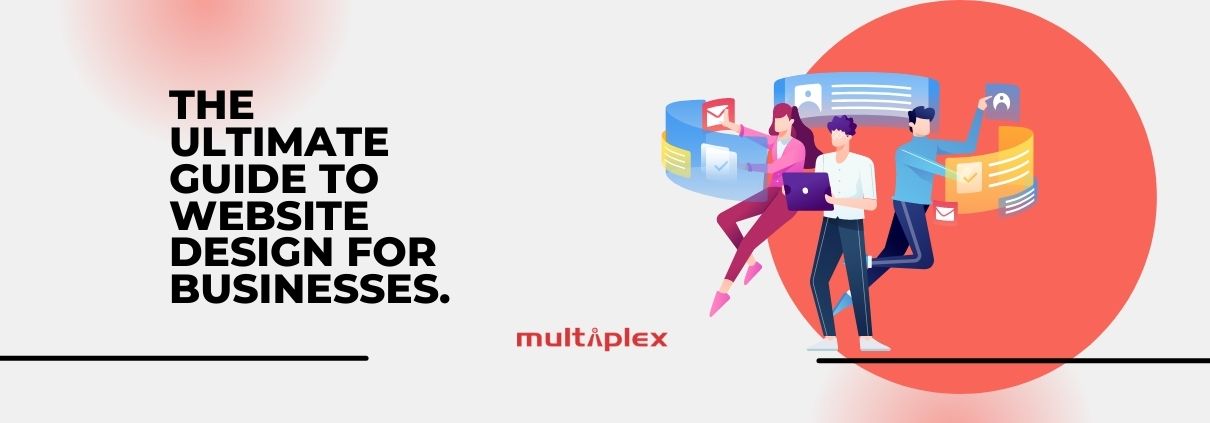The ultimate guide to website design for businesses
In today’s digital age, having a strong online presence is crucial for the success of your businesses. A professionally designed website can help you stand out from the competition, attract new customers, and build trust with your audience. While some business owners may choose to design their website themselves, others may prefer to hire a professional web designer or use a DIY website builder. This comprehensive guide covers everything you need to know about planning, designing, and maintaining a small business website. We’ll be touching on topics such as responsive web design, affordable website templates, e-commerce solutions, and more. By following this guide, you’ll be well on your way to creating a successful online presence for your business.
Section 1: Planning Your Website
1.1 Identifying website goals and objectives
1.2 Target audience and user personas
1.3 Defining website content and structure
1.4 Choosing a domain name and web hosting provider
Section 2: Website Design and Development
2.1 Importance of responsive web design
2.2 Website templates vs custom design
2.3 E-commerce website design for small businesses
2.4 WordPress website development for small businesses
2.5 Mobile app development for small businesses
Section 3: DIY Website Builders
3.1 Pros and cons of using DIY website builders
3.2 Examples of popular website builders
3.3 How to choose the right website builder for your business
3.4 Tips for designing and customizing your website using a website builder
Section 4: Hiring a Professional Web Designer
4.1 Benefits of hiring a professional web designer
4.2 How to choose the right web design agency or freelancer
4.3 Questions to ask before hiring a web designer
4.4 What to expect during the web design process
4.5 Website maintenance services for small businesses
In conclusion, a well-designed website is essential for small businesses to thrive in today’s competitive market. Whether you choose to design your website yourself using a DIY website builder, or hire a professional web designer, this guide has provided you with the information and tools necessary to make an informed decision. Remember to prioritize responsive design, choose the right platform for your business, and keep your website updated and maintained to ensure long-term success. By following these recommendations, you’ll create an online presence that drives results and helps your small business grow.


